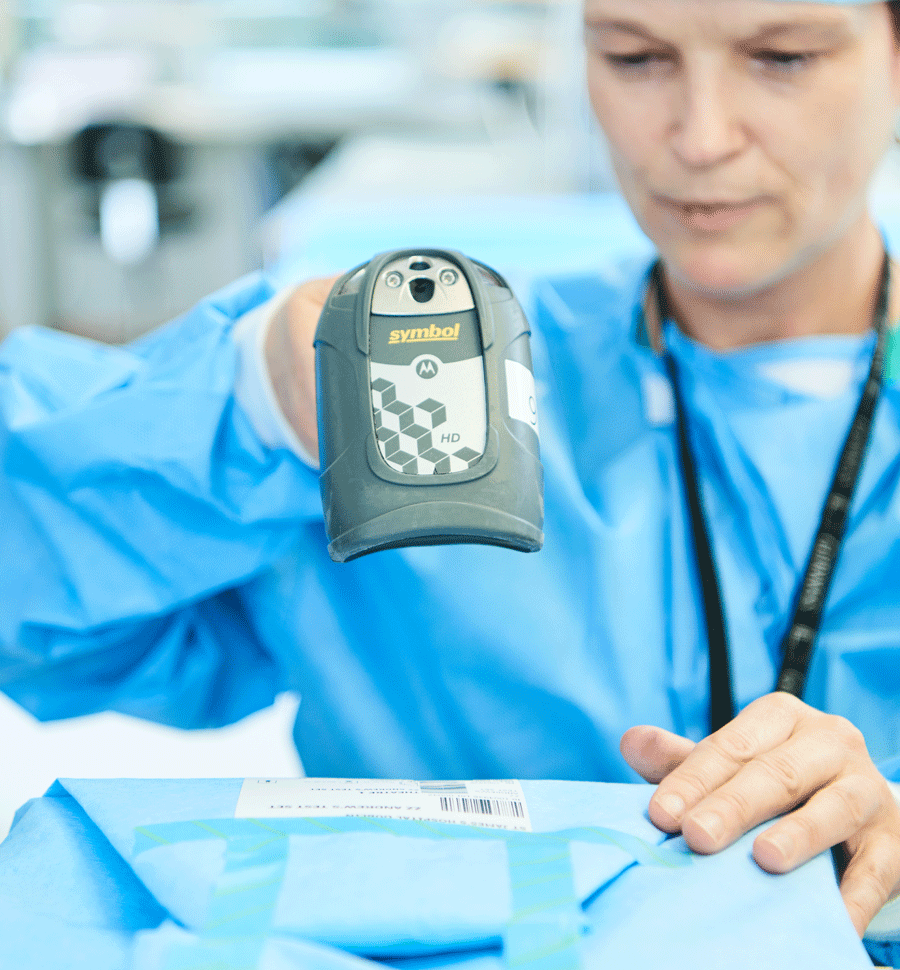August 31, 2021 Industry news
Background
Now that The Medicines and Medical Devices Act has become legislation the Medicines and Healthcare products Regulatory Agency (MHRA) will issue new regulations as to the requirements of the future of unique device identification and identification of medical device economic operators in the UK. One of the regulations for the MHRA will be to register medical devices to create a database of devices on the UK market.
Timelines for the regulation to register medical devices are as follows:
- Class III 1 May 2021
- Class IIa and IIb 1 Sept 2021
- Class I 1 January 2022
The registration will ensure a unique device identifier (UDI) for each medical device and the MHRA are currently reviewing options for the identification of license holders.
Call to action
The MHRA will soon be releasing a public consultation (mid-September) addressing the future of UDI regulation in the UK. The consultation will call for the opinions of medical device manufacturers, wholesalers, distributors, suppliers, healthcare provider organisations, and solution providers, to share input.
For the fundamentals of UDI to work efficiently, there needs to be no ambiguity as to what the product’s primary identifier is. A sole, globally unique identifier should be used on the designated device – one barcode standard only – encompassing all the necessary product information i.e. batch/lot number and expiry date.
Organisations (in this case those listed above) should also be accurately identified by a single means that is universally recognised – a standard identifier for economic operators. This will improve the traceability of products to ensure compliance with regulation as a critical patient safety measure.
What you need to do
This is a unique opportunity for all healthcare stakeholders to help shape the future of UDI regulation in the UK.
Here are the two easy steps you need to follow to do so:
- One nominated respondent needs to be allocated from your organisation to address the public consultation
- Present your recommendations/suggestions regarding the use of a single, globally unique identifier for medical devices. One barcode standard only, used across all device packaging to prevent confusion or identification errors.
“Since parallel processes lead to unnecessary expenditure of time—and the benefits speak for themselves – the hospital’s message to its suppliers is unmistakable.
Products need to be identified with GS1 barcodes across all packaging sizes, enabling universal use from production to patient."*
Holger Klein
Head of Inventory Management and Logistics at Herz-Zentrum
*Source: Return on Investment of Standardized Bar Coding at Herz-Zentrum Bad Krozingen GS1 Healthcare Reference Book 2009/2010
The notable 2012 report by McKinsey Healthcare titled “Strength in Unity” references valuable information regarding recommended standards to meet regulatory requirements here.
Additional supporting information
Why use GS1 standards for UDI and as the Actor ID?
GS1 standards, namely Global Trade Item Numbers (GTINs) and Global Location Numbers (GLNs), are already being accepted by the MHRA and are more widely used both in GB and internationally. Several stakeholder organisations are already using GS1 standards as part of their established processes to label products and pinpoint locations.
- The NHS eProcurement Strategy and subsequent Department of Health and Social Care (DHSC) Scan4Safety programme have driven the adoption of GTINs for products and GLNs for manufacturers and trusts.
- GTINs are one of the identifiers that the MHRA will accept and meets the requirements of existing international UDI regulations. UDI-DI is currently requested from manufacturers during device registration with the MHRA.
- The GTIN is key to Scan4Safety in improving patient safety by enabling products to be tracked and scanned at the point of care.
- GS1 standards are included in the NHS Digital contract for England and contracts for NHS Wales, Health and Social Care Northern Ireland, and NHS Scotland
- GLNs are the identifier of choice for location for acute trusts in the NHS as defined in the NHS eProcurement Strategy. All medical device manufacturers supplying the NHS must use GS1 identifiers to meet the procurement mandate, even those currently using HIBBC.
- GLNs are being used for numerous use cases including inventory management, asset tracking and purchase to pay in the implementation of Scan4Safety programmes across England at present
- The uptake of electronic transacting (e-procurement)has increased. GS1 UK’s recent work with NEP and PEPPOL Access Point providers continues to drive adoption of GLNs
- The MHRA has recommended that manufacturers incorporate a UDI device and header spreadsheet in their Field Safety Notices when informing customers of safety issues. Where GS1 standards are being utilised by the manufacturers, GLNs are requested as one of the unique identifiers.
- GLN use facilitates the traceability of products throughout the supply chain and patient pathway to simplify the process for product recall for medical devices and improve post-market surveillance of devices.
- GLNs for manufacturers and trust legal entities are currently held in the national registry, LocationManager – the national database requested by the DHSC as part of the Scan4Safety programme
- LocationManager is provided as part of the NHS Digital contract for England and is included in the partnership agreements with NHS Wales, Health and Social Care Northern Ireland, and NHS Scotland
- The registry is currently in use for manufacturers and trusts to share GLNs for ordering and invoicing purposes. More than 800 manufacturers are already registered with their information readily accessible for purposes such as these.
- Medical device actors are already inputting information into this national registry
